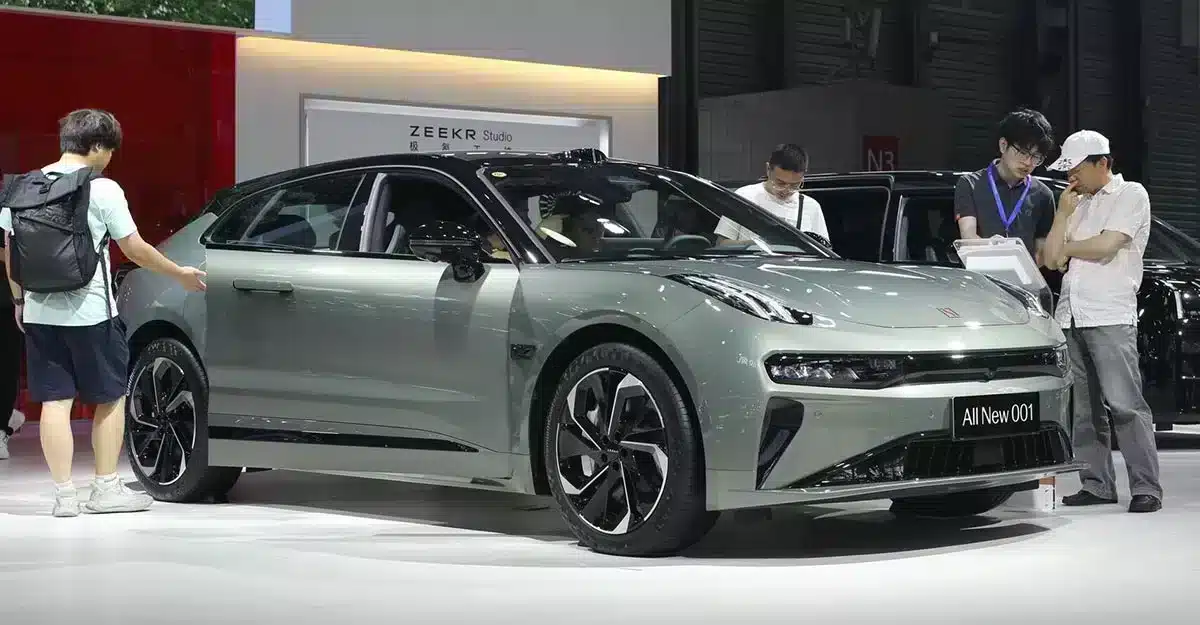Consumers can get a RMB 20,000 subsidy for scrapping an old car and buying an NEV, and a RMB 15,000 subsidy for buying a fuel car of 2.0 L or less, both doubled from previous levels.

China has updated a policy aimed at boosting car purchases by doubling the amount of subsidies.
China's Development and Reform Commission and Ministry of Finance jointly issued a new announcement today to add support for large-scale equipment replacement and consumer goods trade-in.
The policy is an update of one that was issued in late April and involves support for the replacement of agricultural machinery, new energy buses, cars, and home appliances.
Specifically, individual consumers can enjoy double the amount of subsidies when replacing old vehicles with new ones, compared to what was previously announced.
Here are the latest measures mentioned today:
Individual consumers can enjoy a one-time subsidy when they scrap fuel passenger cars with emission standards of China 3 and below or new energy passenger cars registered on or before April 30, 2018, and buy a passenger car that meets the requirements.
If they purchase a new energy passenger vehicle, then the subsidy amount increases to RMB 20,000 ($2,770) per vehicle. For fuel vehicles with a displacement of 2.0 L or less, the subsidy is RMB 15,000 per vehicle.
The new measures are an update of the late-April document, which said that individual consumers who scrap their old vehicles by December 31, 2024, and buy new ones will be eligible for subsidies.
Here are the details mentioned in the late April document:
Individual consumers who scrap fuel passenger cars with emission standards of China 3 and below or new energy passenger cars registered before April 30, 2018, and buy new cars that meet the energy-saving requirements are eligible for a one-time subsidy.
For consumers purchasing new energy passenger cars, the subsidy is RMB 10,000 yuan.
For fuel passenger cars with a displacement of 2.0 L or less, the subsidy is RMB 7,000.
The updated policy means that individual consumers who scrap their old cars will be able to get double the subsidy compared to the previous one, regardless of whether they buy new energy vehicles (NEVs) or traditional fuel vehicles.
China's macro-economy has been under continued pressure so far this year, with weak consumption continuing and auto sales underperforming.
Between April and June, China's monthly passenger car sales amounted to 1.53 million, 1.71 million and 1.76 million units, down 5.47 percent, 1.77 percent and 6.81 percent year-on-year, respectively, according to the China Passenger Car Association (CPCA).
NEV sales fared better, with 677,044, 804,598, and 856,000 units sold in April-June, up 29.03 percent, 38.74 percent, and 28.64 percent year-on-year, respectively.
Uncertainty about the external environment for China's economy rose significantly in June, while internal effective demand remained insufficient, the CPCA said in a report last month.
($1 = RMB 7.2273)

